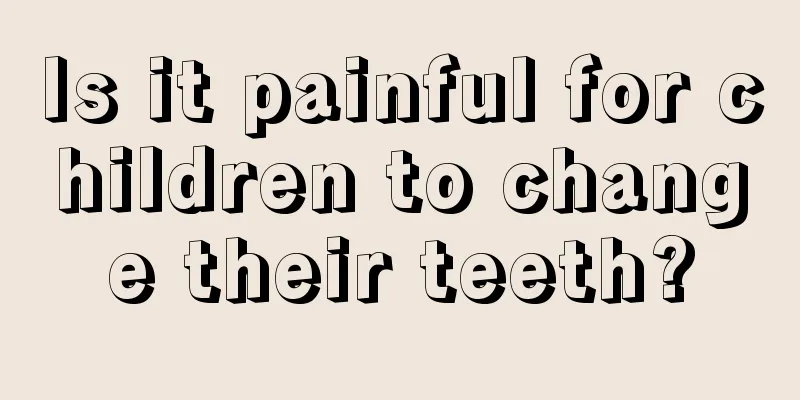What's wrong with children with ADHD?

|
ADHD is currently a disease that is difficult to treat. If many patients cannot be cured, their future growth and development will be affected. More serious cases may face genetic risks. Therefore, we need to carefully understand some factors related to ADHD. Usually, factors that cause ADHD include genetic factors. The general probability of genetic factors may be around 0.7%. There are also physiological factors and mild brain damage, which may also be causes of ADHD. Genetic factors Current studies have shown that this disorder is related to genetic factors, with a heritability of 0.75-0.91. The mode of inheritance is still unclear and may be multi-gene inheritance. Molecular genetic studies have shown that the disorder is associated with polymorphisms in the dopamine receptor gene. Neurophysiological factors Children with this disorder have a high rate of EEG abnormalities, with the main normal being slow-wave activity. Adding EEG power spectrum analysis registration found that the slow wave power increased, the alpha wave power decreased, and the average frequency decreased. This suggests that children with this disorder have delayed central nervous system maturation or insufficient awakening of the cerebral cortex. Mild brain injury Mild brain damage caused by various causes during pregnancy, perinatal period and after birth may be the main cause of the disorder in some children, but there is no guarantee that one type of brain damage exists in all children with the disorder, nor does it mean that all children with such damage will suffer from the disorder. Moreover, many children who have been in accidents do not have evidence of mild brain damage. Neurochemical factors Studies have shown that this disorder may be related to central neurotransmitter metabolic disorders and dysfunctions, including: reduced dopamine and adrenaline turnover rates, dopamine and norepinephrine dysfunction, etc. Neuroanatomical factors Magnetic resonance imaging studies have reported that children with this disorder have a reduction in the volume of the corpus callosum and caudate nucleus, and functional magnetic resonance imaging studies have also reported that children with this disorder have reduced metabolism in the caudate nucleus, frontal region, and anterior cingulate gyrus. |
<<: What to eat after a fever, dietary conditioning for children with fever
>>: What are the dangers of children eating snacks?
Recommend
How to guide your baby to squat and urinate
When the child can say some simple words, you can...
Treatment for baby's eyebrow eczema
Problems like baby eyebrow eczema are prone to oc...
What to do if your child has high thyroid
The thyroid gland is a very important organ in th...
Reasons for children's drowsiness after fever
It is normal for children to become sleepy after ...
What should I do if my child hunches over?
Many children have strange walking postures becau...
Why does my baby always sweat?
When taking care of children, many parents will f...
Baby poops green after breastfeeding
For newborn babies, the nutrients in their bodies...
Reasons why children's palms and soles sweat
Children are the apple of their parents’ eyes. Th...
There is a lump on the child's neck
If a child has a lump on his neck, the most likel...
What are some tips for children's health in autumn?
When the seasons change, many people with low imm...
How to take care of children's runny nose quickly?
It is also common for children to have clear runn...
Characteristics of boy's development
When a child reaches the age of three or four, al...
How to make bubble water to blow a lot of bubbles
Bubble water is one of many people's favorite...
What causes children to have a stuffy nose and sneeze?
Children may often have nasal congestion and snee...
What to do if a 9-year-old child suffers from insomnia
In life, some people like to think about things b...









